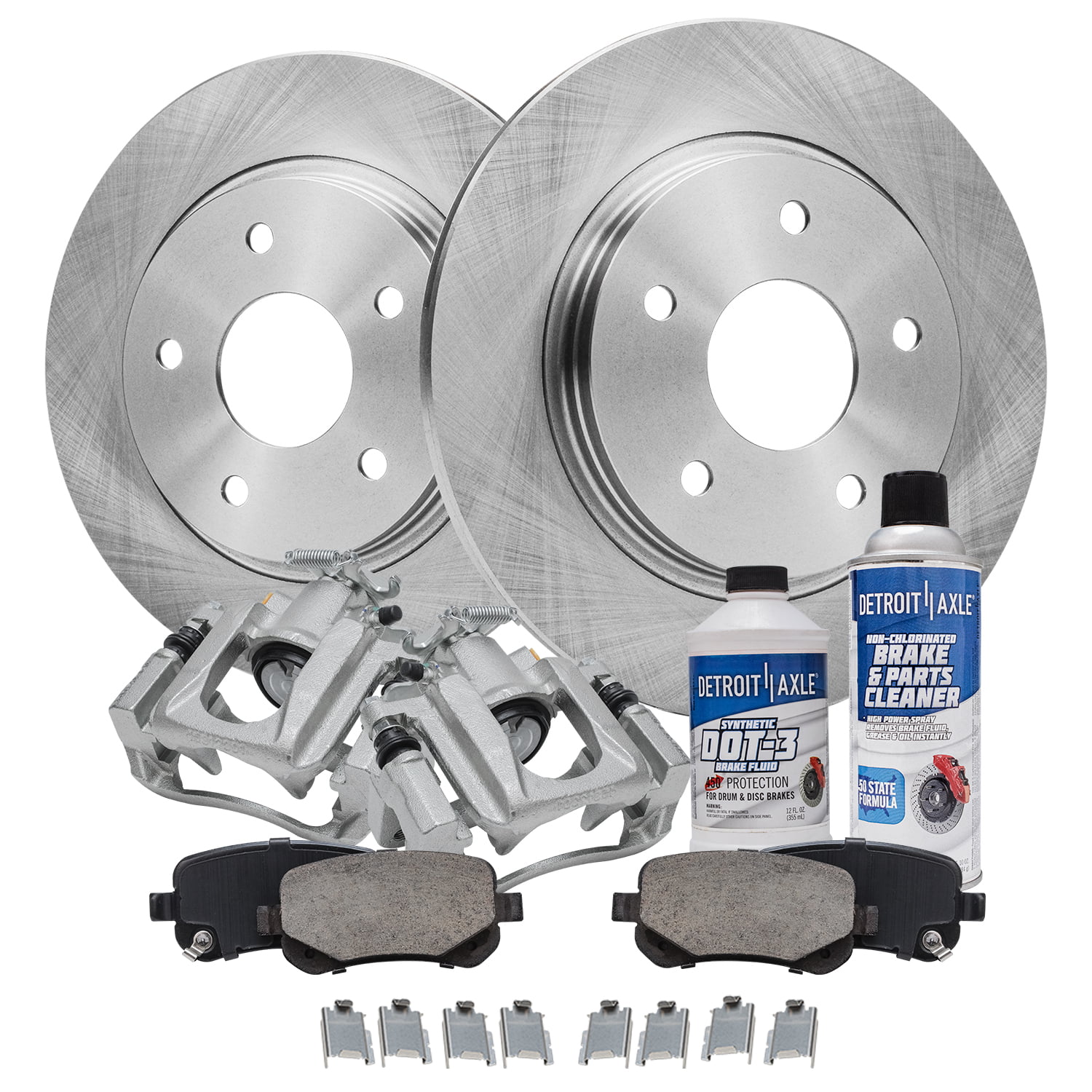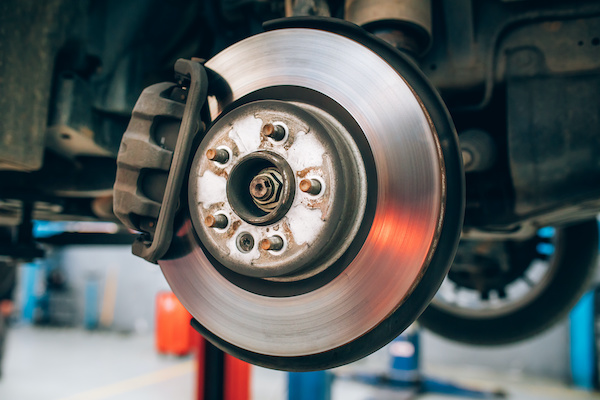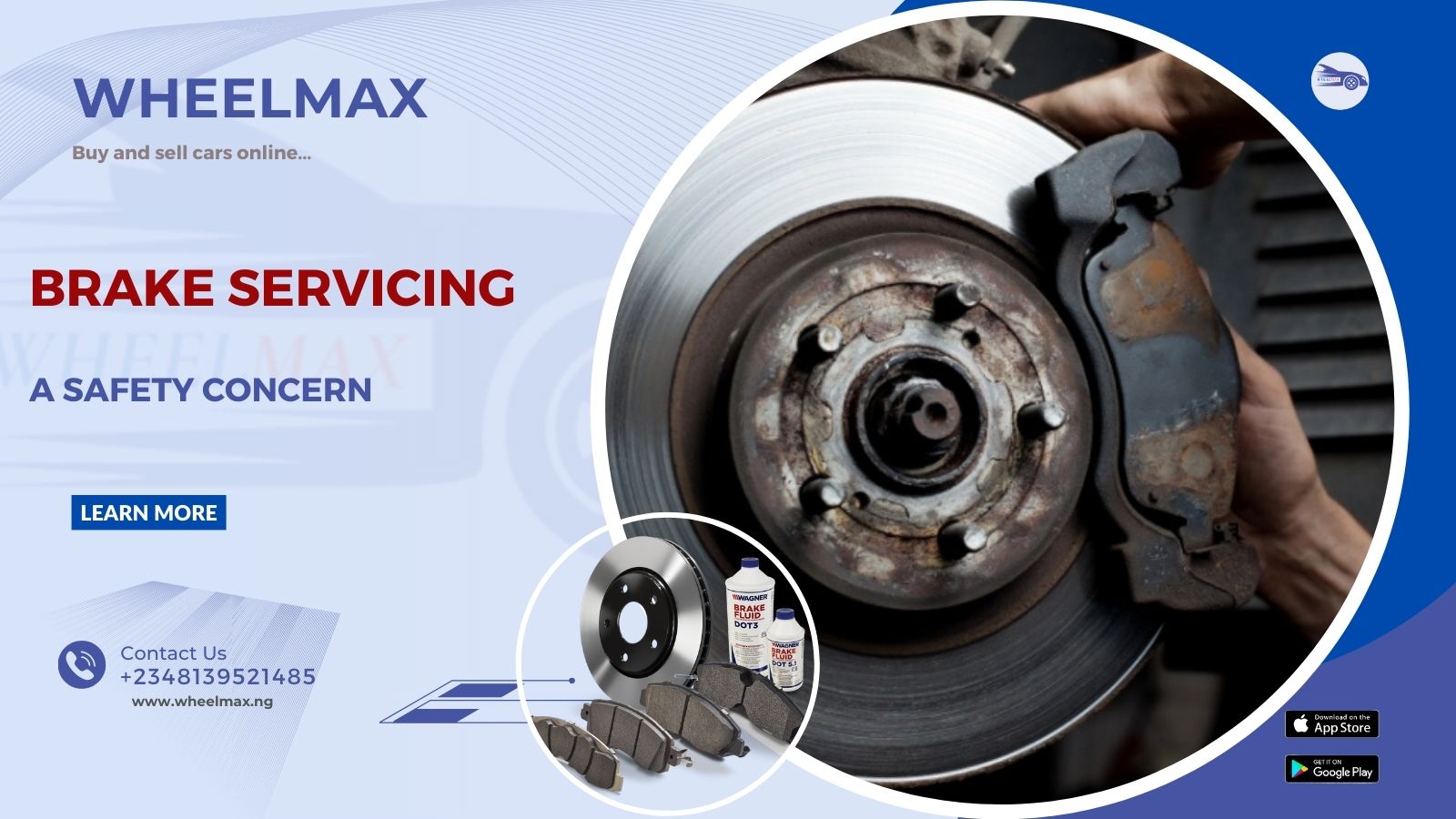Brake Servicing 101: Keeping Your Stopping Power Strong
Your car's brakes are arguably the most important safety feature. They're responsible for slowing you down and bringing you to a complete stop, and neglecting them can lead to dangerous consequences. This guide will delve into brake servicing, explaining what it entails and which components might need attention.
Understanding Your Braking System:
Imagine your car as a high-speed dancer. To perform graceful pirouettes (turns), you need control. That's where the brakes come in. When you press the brake pedal, a series of components work together to create friction, slowing down the wheels and ultimately the car. Here's a breakdown of the key players:

- Brake Pads: These are the consumable heroes that make direct contact with the rotors, creating friction. They wear down over time and need periodic replacement.
- Brake Rotors (Discs): These are the smooth metal discs that the pads clamp onto to generate friction. Rotors can be resurfaced in some cases, but may eventually need replacing.
- Calipers: These house the brake pads and pistons. When you press the pedal, hydraulic pressure from the brake fluid pushes the pistons in the calipers, squeezing the pads against the rotors.
- Brake Fluid: This hydraulic fluid transmits the pressure from the pedal to the calipers, creating the force needed to clamp the pads on the rotors. Brake fluid absorbs moisture over time, which can affect its performance and lead to brake failure.
Signs You Need Brake Service:
Several telltale signs indicate your brakes need attention. Don't ignore them!
- Grinding Noises: A grinding sound when braking is a major red flag, signifying worn-out brake pads making contact with the rotors' metal surface.
- Soft or Spongy Brake Pedal: This could indicate air in the brake lines or low brake fluid, which can compromise braking performance.
- Increased Stopping Distance: If it takes longer than usual to stop your car, it's a clear sign the braking system isn't functioning optimally.
- Vibrations When Braking: This can be caused by warped rotors or uneven pad wear, and should be addressed promptly.
- Brake Warning Light: This light on your dashboard shouldn't be ignored. It might indicate low brake fluid or other issues requiring attention.
What Gets Serviced During a Brake Service?
A typical brake service can include various procedures depending on the condition of your brakes. Here's a general overview:
- Visual Inspection: A mechanic will thoroughly inspect all brake components for wear and tear, damage, and leaks.
- Brake Pad Replacement: If the pads are worn down to a minimum thickness specified by the manufacturer, they'll be replaced with new ones.
- Brake Rotor Resurfacing (if possible): In some cases, warped or slightly grooved rotors can be resurfaced to create a smooth braking surface again. However, excessively worn or damaged rotors will need replacing.
- Brake Fluid Flush and Bleed: Over time, brake fluid absorbs moisture, which can lead to boiling and brake failure. Regularly flushing and bleeding the brake fluid removes this moisture and ensures optimal performance.
- Caliper Cleaning and Lubrication: The calipers house the pistons that press the pads against the rotors. Cleaning and lubricating them ensures smooth operation and prevents sticking.

Remember: When it comes to brake service, prioritizing safety is paramount. If you're unsure about your car's braking performance, consult a qualified mechanic for a professional inspection and service. Don't wait until a grinding halt – keep your stopping power strong!
